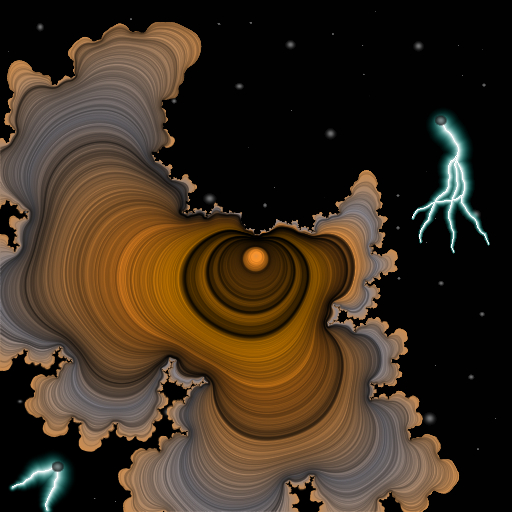ARE YOU PRIVILEGED?
Does success or failure depend on effort, energy, talent and skill? Can someone have all of these things and still not “make it?” What kinds of barriers keep people from attaining their goals?
Some say that the U.S. is a meritocracy – that folks do “make it” or not based on their own effort, energy, talent and skills, and maybe a little luck. Some believe that just about anybody has the opportunity to be successful in the U.S. today, it’s the American dream with our immigrant past, after all! But is it true, or are some people privileged?
Do some folks just have the advantage no matter how you slice it?
ARE YOU PRIVILEGED QUIZ
- I can turn on the TV or open magazine/newspaper and see people of my ethnicity widely represented. Y or N
- I can criticize our government and talk about how much I fear its policiies without being seen as a cultural outsider. Y or N
- I am never asked to speak for all of the people of my racial group. Y or N
- I can be pretty sure that is I ask to talk to “the person in charge,” I will be facing a person of my “race.” Y or N
- If a cop pulls me over or if the IRS audits my tax return, I can be sure I haven’t been singled out because of my “race.” Y or N
- I can present a check at the grocery store and not be asked for several forms of ID. Y or N
- I can walk through a department store without being followed. Y or N
- Whether I use checks, credit cards or cash, I can count on my skin color not to work against the appearance of my financial reliability. Y or N
According to Peggy McIntosh, if you answered “yes” to most of the above questions, then it’s likely that you are white.
Questions from Peggy McIntosh’s “White Privilege: Unpacking the Invisible Knapsack.” https://www.racialequitytools.org/resourcefiles/mcintosh.pdf
ASSIGNED STATUS
Prejudice and privilege are closely related. Our prejudices may even help ensure our privileges. “White privilege is like an invisible weightless knapsack of special provisions, maps, passports, code books, visas, clothes, tools and blank checks,” according to McIntosh. Those born without the special provisions have a harder time navigating the waters of life.
“No matter how hard some people work, no matter how much energy, effort, talent or skill they bring to a job or endeavor, because of their ‘race’ or ethnicity, they are less likely to succeed.”
Peggy McIntosh
It is sad that“White Privilege: Unpacking the Invisible Knapsack” was written in 1988, and so little has changed in the intervening 32 years. Instead, the “racial worldview that we’ve created” assigns some people to perpetual low status, while others are permitted access to “privilege, power, and wealth.”
In fact, your gender, skin color, physical or mental ability, and financial status largely determine your place in our society.
People who identify as white fail to recognize that their whiteness is a racial category at all. Like a fish in water, a white person in the U.S. swims in a sea of privilege and rarely perceives the unspoken social benefits that come from their skin tone.
TEACHING DIVERSITY
Whites are taught about racism as something that disadvantages others, they are not usually taught that racism gives whites the advantage. Jane Elliott’s “Blue Eyed” is an exception to this. According to Wikipedia, Ms. Elliott is listed on the timeline of 30 notable educators by McGraw-Hill along with Confucius, Plato, Booker T. Washington, and Maria Montessori, to give an idea of how influential her training programs have become.
As a diversity trainer myself for over 15 years, I relied on Jane’s astute analogy of blue-eyes versus brown-eyes to help white participants achieve an “ah ha! moment.”
Jane Elliott received a lot of complaints for placing young people who were white and blue-eyed into a situation where they were disadvantaged as compared to their white and brown-eyed class mates. This few-hour exercise made white adults gasp and protest about the pain Jane was inflicting upon the poor blue-eyed children. For example, they were made to sit in the back of the classroom, they had to eat lunch after the brown-eyed children, and they were not given the same privileges that the brown-eyed children received. Some thought there might be permanent damage done to their psyches!
If damage was caused to the blue-eyed children from a few hours of this treatment, what impact does a lifetime of such treatment mean to a person of color? Some children and adults were able to make the connection between the exercise and the treatment of people of color, and expressed that the exercise was valuable and transformative.
The most powerful transformation, and the reason for the longevity of Ms. Elliott’s diversity training program, Blue-Eyed, is its ability to make people aware of their privileges. https://janeelliott.com/
Peggy McIntosh points out that she had to give up the myth of meritocracy after considering the questions in the Are You Privileged quiz, and accept that “this is not such a free country, one’s life is not what one makes it, many doors open for certain people through no virtues of their own.”
In order for the U.S. to become a meritocracy, we would need to eliminate artificial barriers to success, those barriers that are based on “race” or ethnicity, gender, sexual orientation or identification, perceived or real disability, and class or financial status. That’s how to create a level playing field in order for everyone to reach their fullest potential and make their greatest contributions.
When everyone has the opportunity to reach their fullest potential, then we all have a better environment in which to thrive, regardless of the color of our eyes.
If the World were 100 PEOPLE:
50 would be female
50 would be male
25 would be children
There would be 75 adults,
9 of whom would be 65 and older
There would be:
60 Asians
16 Africans
14 people from the Americas
10 Europeans
31 Christians
23 Muslims
16 people who would not be aligned with a religion
15 Hindus
7 Buddhists
8 people who practice other religions
86 would be able to read and write; 14 would not
7 would have a college degree
40 would have an Internet connection
78 people would have a place to shelter them
from the wind and the rain, but 22 would not
91 would have access to safe drinking water
9 people would have no clean, safe water to drink
From “100 People: A World Portrait” https://www.100people.org/statistics_100stats.php







+ There are no comments
Add yours